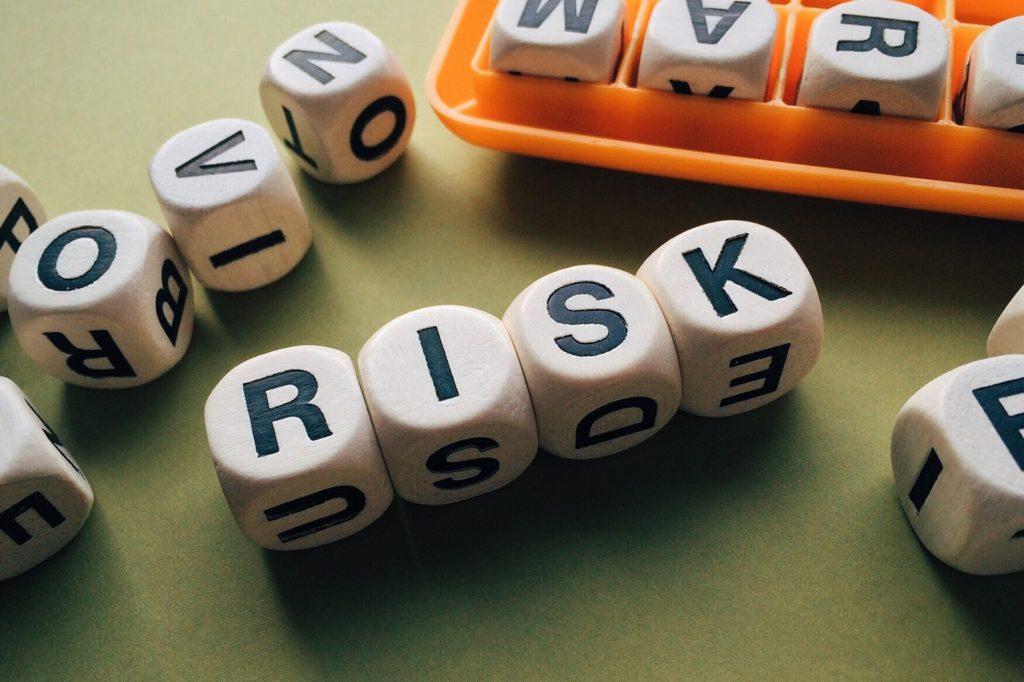
The Risks of Entrepreneurship: Stop Worrying, Embrace Probabilities
Every entrepreneur knows that doing business comes with small and huge risks. Entrepreneurship is basically taking risks, right? In business, taking risks is also like taking a huge gamble. When you risk big, you can win big, but you may also suffer huge losses – but that’s all part of the game. Entrepreneurs who play safe may not experience huge losses, but there are no significant rewards either.
If you want your business to grow, you really need to take big risks. If you don’t, your venture will most likely be stuck in slow growth. Of course, taking a risk is scary – who is not afraid of a huge failure, right?
But as an entrepreneur, you have to know that there is a difference between risk and uncertainty. When you take risks, there is a chance of success that can be quantified or estimated in the process. Before taking a risk, you have already set out targets and goals that can define a “successful” move – only that the probability of actually achieving these targets are not 100% sure as of the moment.
Uncertainty, on the other hand, is completely a situation where there are really no calculated measures of success. Like you are just going to dive into something that is completely unknown and uncontrollable.
Of course, most people (including entrepreneurs) would rather tread down risky situations rather than testing uncertain ones. However, you also have to realize that these uncertainties are also risks that you haven’t fully explored and quantified yet.
A good example of this is a tight football match. Imagine it is the 4th quarter of the game, and the score is 20-21, but your team just scored a touchdown on the final play of the game. You have 2 choices, kick an extra 1 point to qualify for overtime, or go for a 2-point conversion to win the game right away.
So what happens now? Going for the 2-point conversion will win you the game, but if you screw it up, your team will certainly lose it. On the other hand, if you go for the extra 1 point kick, you still need to win the overtime session – but at least you get to buy time and rethink a new strategy to eventually win the game.
In a study done by economist, Richard Thaler, 90% of NFL players choose to go for the extra 1 point kick, but these teams only win the game 40% of the time (after overtime). However, the 10% who risked the 2-point conversion won the game 50% of the time. That may not be much of a difference, but the study shows that there is a 25% high chance for teams to win the game after choosing the riskier move. But that’s understandable. Most players would rather avoid immediate failure, even when they are shown to have a higher chance of winning. This is because most of us are wired to go for the safer option and behave irrationally in the face of perceived uncertainty.
There is Risk in Making the Safe Choice
What we usually miss out is that making the safe choice also comes with risks. Remember that the future is always uncertain, and no matter how much you have calculated those risks, there is still a slim chance that things will not work out well in the future.
Another example of this is the investing habit of most millennials – and even people from past generations. Instead of investing their money on stocks and bonds right now, they get hesitant because of market crashes and the Great Depression in the past.
Although there are studies that market and economic situations get better as long as you invest long-term, people still hold back due to an irrational fear, and would rather have their assets in cash. Eventually, however, people will regret not investing enough when they reach the retirement age. People will eventually think about the “what ifs” and “if only’s” – if only I had invested part of my income when I did not have a lot of bills and responsibilities on my plate, and what if I took huge risks before I had kids to care for, and other thoughts like that.
Another example is that of Jim Carrey’s father. The older Carrey also had a talent for comedy, but instead of making a solid career out of it, he chose to be an accountant and work in an office as this is the safer choice. However, when Jim was in his teenage years, his father eventually lost the accounting job – prompting his family to live in a van just to make ends meet. So you see, even the “safer” choice is not always a guarantee.
Calculated Risks Are Not Exactly Risks at All
Life is full of risks, and entrepreneurship by itself is inherently risky. The ones you should avoid going for are the actual uncertainties – but even these uncertainties are sometimes just risks too. You only need to explore, quantify, and calculate your chances of success in such situations. If you find them to be unquantifiable, then that’s the time you can say that is it merely an uncertainty.
You can register here so we can assist you in growing your business. Let us help you alleviate the stress of handling business by teaching you our most effective marketing strategies.
Watch this video and find out what one risk you should take if you are an entrepreneur.
P.S:
Be sure to join our Facebook Page and subscribe to our YouTube channel.
 Email: globalone2one@gmail.com
Email: globalone2one@gmail.com
